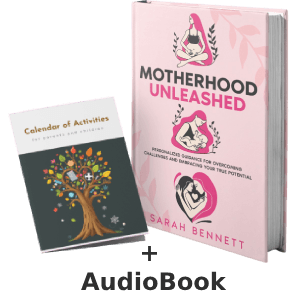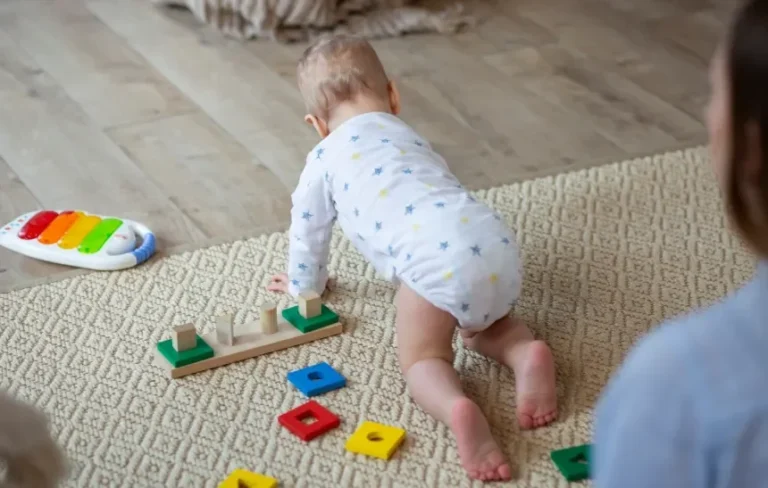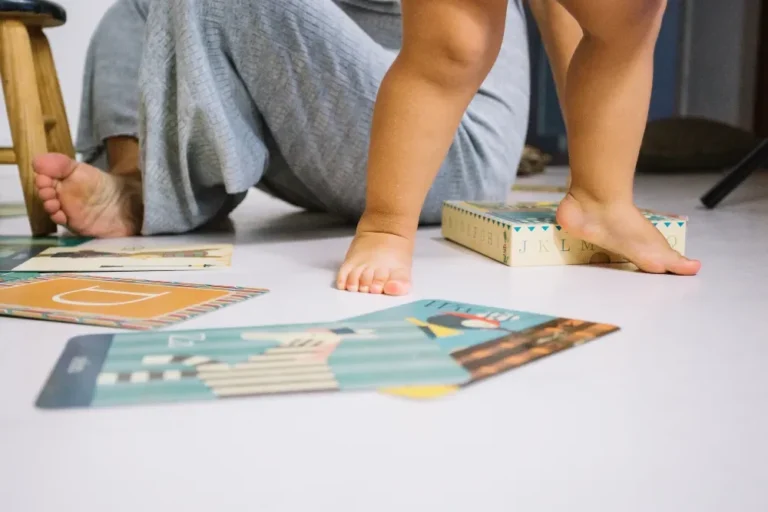Welcoming a newborn into your home is one of life’s most magical experiences, but it often comes with a steep learning curve—especially when it comes to sleep. If you’re bleary-eyed and wondering why your little one seems to think 3 a.m. is party time, you’re not alone. Establishing a newborn sleep schedule early on can transform chaotic nights into predictable, restful ones for the whole family. In this comprehensive guide, we’ll walk you through everything you need to know about newborn sleep patterns, creating a baby sleep routine, setting a consistent newborn bedtime, and promoting healthy infant rest. With practical tips, real-parent examples, and expert-backed strategies, you’ll feel empowered to help your baby (and yourself) catch those precious Z’s.
Understanding Newborn Sleep Basics

Newborns don’t arrive with a built-in clock. In their first few weeks, babies sleep in short bursts—anywhere from 14 to 17 hours a day—but those hours are scattered unpredictably across day and night. Why? Their tiny tummies need frequent feedings, and their circadian rhythms (the internal body clock that regulates sleep) are still developing.
A typical newborn sleep schedule revolves around the “eat-play-sleep” cycle rather than strict time blocks. For example, your baby might nurse for 20-30 minutes, stay awake for 45-60 minutes of alert time (think diaper changes, cuddles, or gentle play), and then drift off for a 1-3 hour nap. This cycle repeats every 2-3 hours, including overnight.
Real-world example: Sarah, a first-time mom, noticed her 2-week-old son, Leo, would cluster-feed in the evenings and then sleep for a glorious 4-hour stretch around midnight. By recognizing this natural pattern instead of fighting it, she adjusted her own expectations and used those longer stretches to rest herself.
Understanding these basics sets the foundation for building a more structured baby sleep routine as your newborn grows.
How Much Sleep Does a Newborn Really Need?
The American Academy of Pediatrics (AAP) recommends that newborns get 14-17 hours of sleep per 24 hours, but every baby is unique. Some might lean toward the lower end (14 hours), while others blissfully clock in closer to 18.
Here’s a quick breakdown by age in the first three months:
- 0-4 weeks: 15-17 hours total, split into 8-10 sleep periods.
- 1-2 months: 14-16 hours, with slightly longer nighttime stretches (3-5 hours).
- 2-3 months: 14-15 hours, often consolidating into 3-4 daytime naps and longer nighttime sleep.
Keep in mind that “nighttime” for a newborn might mean 10 p.m. to 4 a.m. at first. The goal isn’t perfection but gentle guidance toward distinguishing day from night.
Creating a Flexible Yet Effective Newborn Sleep Schedule

Flexibility is key in the early weeks, but introducing subtle cues helps babies learn when it’s time for infant rest. Think of your newborn sleep schedule as a rhythmic framework rather than a rigid timetable.
Sample Daily Rhythm for a 1-Month-Old
| Time (Approximate) | Activity |
|---|---|
| 7:00 AM | Wake & feed |
| 7:30 AM | Diaper change, short playtime (tummy time or mobile gazing) |
| 8:15 AM | Morning nap (1-2 hours) |
| 10:00 AM | Wake & feed |
| 10:30 AM | Outing or sensory play |
| 11:15 AM | Nap (1-2 hours) |
| 1:00 PM | Wake & feed |
| 1:30 PM | Quiet play or carrier walk |
| 2:15 PM | Nap (1-2 hours) |
| 4:00 PM | Wake & feed |
| 4:30 PM | Evening cluster feeds begin |
| 5:30 PM | Catnap (30-45 min) |
| 7:00 PM | Newborn bedtime routine: bath, massage, feed, swaddle, white noise |
| 7:30 PM | Night sleep (3-5 hour stretch) |
| 11:00 PM | Dream feed (optional) |
| 2:00 AM | Night feed |
| 5:00 AM | Night feed |
Note: Adjust based on your baby’s cues. This table illustrates a comparative day vs. night structure—brighter, noisier days; dimmer, quieter nights.
This rhythm encourages longer sleep stretches at night while honoring daytime naps. Over time, you’ll notice your baby naturally extending nighttime sleep as their stomach capacity grows.
Building a Soothing Baby Sleep Routine

A consistent baby sleep routine signals to your newborn that sleep is coming. Keep it short (10-15 minutes) and repeatable. Elements might include:
- Dim the lights – Mimics sunset and boosts melatonin.
- Warm bath or gentle wipe-down – Relaxes muscles.
- Infant massage – Use lotion; stroke from shoulders to toes.
- Pajamas & swaddle – Signals “sleep mode.”
- Feed – A full belly promotes longer sleep.
- Story or lullaby – Same song every night builds familiarity.
- White noise – Masks household sounds.
Hypothetical scenario: Imagine dad Mike rocking 6-week-old Mia in a darkened nursery while humming “Twinkle, Twinkle.” Within three nights, Mia’s eyes droop the moment the song starts—proof that routine equals comfort.
Setting the Ideal Newborn Bedtime
Many parents wonder, “What’s the best newborn bedtime?” For the first 6-8 weeks, aim for the period when your baby shows their longest natural sleep stretch—often between 9 p.m. and midnight. As they approach 2-3 months, gently shift bedtime earlier (7-8 p.m.) to align with adult schedules.
Pro tip: Watch for sleepy cues—yawning, eye-rubbing, staring into space—rather than the clock. Putting a baby down overtired leads to cortisol spikes and fragmented sleep.
Daytime Strategies to Promote Nighttime Infant Rest
Day and night are intertwined. Bright, active days lead to sounder nights.
- Maximize morning light: Open curtains during the first feed. Sunlight suppresses melatonin and strengthens circadian rhythms.
- Encourage full feeds: Drowsy feedings during the day can lead to snacking at night. Keep baby engaged (tickle feet, switch sides).
- Distinguish environments: Use living room for play, nursery for sleep. Reserve the bassinet/crib for nighttime only.
- Cap naps wisely: After 6 weeks, limit any single nap to 2 hours to protect nighttime sleep.
Real example: When Emily’s 2-month-old daughter kept waking every hour at night, she realized daytime catnaps in the swing were adding up to 5 hours. By moving naps to a darker room and waking her after 2 hours, nighttime stretches doubled within a week.
Safe Sleep Practices Every Parent Must Know

Safety trumps any schedule. Follow AAP guidelines:
- Back to sleep: Always place baby on their back on a firm, flat mattress.
- Room share, not bed share: Keep baby in a bassinet or crib in your room for at least 6 months.
- No loose bedding: Skip blankets, pillows, bumpers, or stuffed animals.
- Temperature control: Dress baby in one more layer than you’re comfortable in; aim for 68-72°F.
- Pacifiers: Offer at sleep times after breastfeeding is established (around 3-4 weeks) to reduce SIDS risk.
Common Newborn Sleep schedule Challenges and Solutions
Even the best-laid newborn sleep schedule hits bumps. Here are frequent hurdles and fixes:
1. The “Witching Hour” (Evening Fussiness)
- Cause: Overtiredness from cumulative wake windows.
- Fix: Implement an earlier evening catnap or use the “5 S’s” (Swaddle, Side-stomach position while holding, Shush, Swing, Suck).
2. Day-Night Confusion
- Cause: Lack of light/dark cues.
- Fix: Expose baby to natural morning light; keep nights boring (no play, dim red nightlights).
3. Growth Spurts & Sleep Regressions
- Cause: Increased hunger or developmental leaps.
- Fix: Feed on demand during the day; maintain routine at night. Regressions typically last 3-7 days.
4. Refusing the Bassinet
- Cause: Temperature drop or startle reflex.
- Fix: Pre-warm the sleep surface with a heating pad (remove before placing baby); use a tight swaddle or sleep sack.
Myth busting: “Sleep training” a 2-week-old is impossible and unnecessary. Newborns lack the neurological maturity for self-soothing. Focus on responsive parenting—your quick response builds trust and actually leads to independent sleep later.
Advanced Tips for Transitioning Beyond the Newborn Phase
By 3-4 months, many babies are ready for more structure. Consider:
- Dropping the dream feed: If baby sleeps 6+ hours, skip the 10-11 p.m. top-up.
- Wake windows: Stretch alert time gradually (e.g., 75-90 minutes at 3 months).
- Drowsy but awake: Place baby down sleepy but not fully asleep to encourage self-settling.
- Consistent nap locations: Move all sleep to the crib to build positive associations.
Long-term benefits: Babies with early routines often transition to 11-12 hours of nighttime sleep plus 2-3 hours of naps by 6 months, reducing parental exhaustion and supporting cognitive development.
Tools and Products That Support Healthy Infant Rest
While no gadget replaces parental responsiveness, a few items can help:
- White noise machines: Look for continuous (not looping) ocean or rain sounds.
- Blackout curtains: Block 99% of light for daytime naps.
- Swaddle transitions: Zip-up sleep sacks ease the move from arms-in swaddles.
- Smart monitors: Track room temperature and humidity remotely.
Always prioritize safety-certified products (JPMA seal).
Tracking Progress and Adjusting Your Newborn Sleep Schedule
Use a simple sleep log for the first 4-6 weeks. Note wake-up times, feed durations, nap lengths, and mood. Patterns emerge quickly—maybe your baby loves a 6 p.m. catnap or cluster-feeds at 8 p.m. Adjust the schedule accordingly.
Apps like Huckleberry or Baby Tracker offer predictive analytics, but a notebook works just as well.
The Emotional Side of Newborn Sleep
Let’s be honest: sleep deprivation is brutal. It’s okay to feel frustrated when your newborn bedtime routine falls apart. Tag-team with your partner, accept help from family, or hire a postpartum doula for a few nights. Your mental health directly impacts your baby’s.
Encouraging reminder: This phase is temporary. By 12 weeks, most babies sleep 5-6 hours straight. You’re building lifelong healthy sleep habits—one sleepy smile at a time.
Crafting a newborn sleep schedule isn’t about forcing a tiny human into an adult mold—it’s about reading cues, creating consistency, and responding with love. Start with the flexible rhythm outlined above, weave in a soothing baby sleep routine, and honor safe infant rest practices. Celebrate small wins: a 4-hour stretch, a peaceful newborn bedtime, or simply a showered parent.
You’ve got this. Implement one tip tonight—maybe dimming lights an hour before bed—and watch the magic unfold. Sweet dreams to you and your little one!
Improving parenting skills and communication

Frequently Asked Questions
When should I start a newborn sleep schedule?
Begin gentle routines from day one, but expect true patterns to emerge around 6-8 weeks when circadian rhythms strengthen.
Is it okay if my newborn’s bedtime is 10 p.m.?
Absolutely—follow your baby’s longest natural stretch. Gradually shift earlier by 15 minutes every few days as they mature.
How can I help my baby differentiate day and night?
Keep days bright and social; nights dark, quiet, and boring. Morning sunlight exposure is especially powerful.
My 1-month-old only naps 30 minutes—help!
Short naps are normal. Focus on full feeds and a sleep-conducive environment. Naps often lengthen naturally by 3-4 months.
Can I use a swing or bouncer for naps?
Occasionally for supervised catnaps, but prioritize flat, firm surfaces to reduce dependency and ensure safety.









